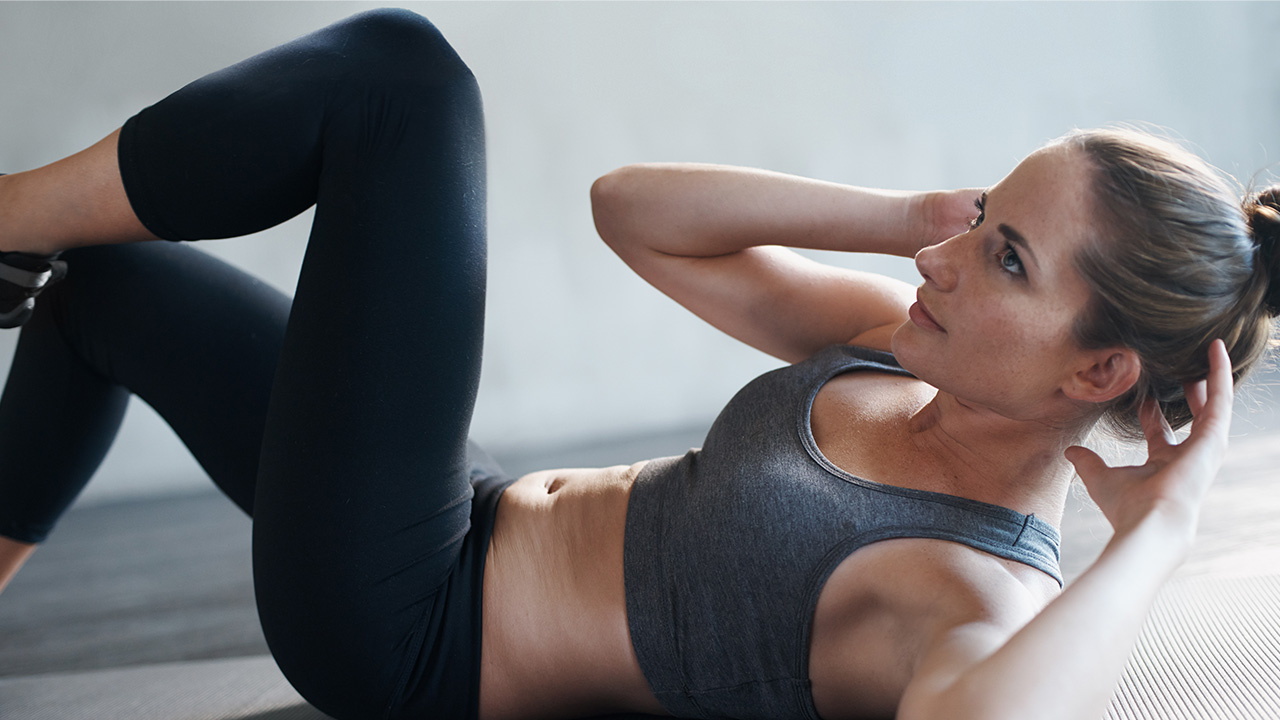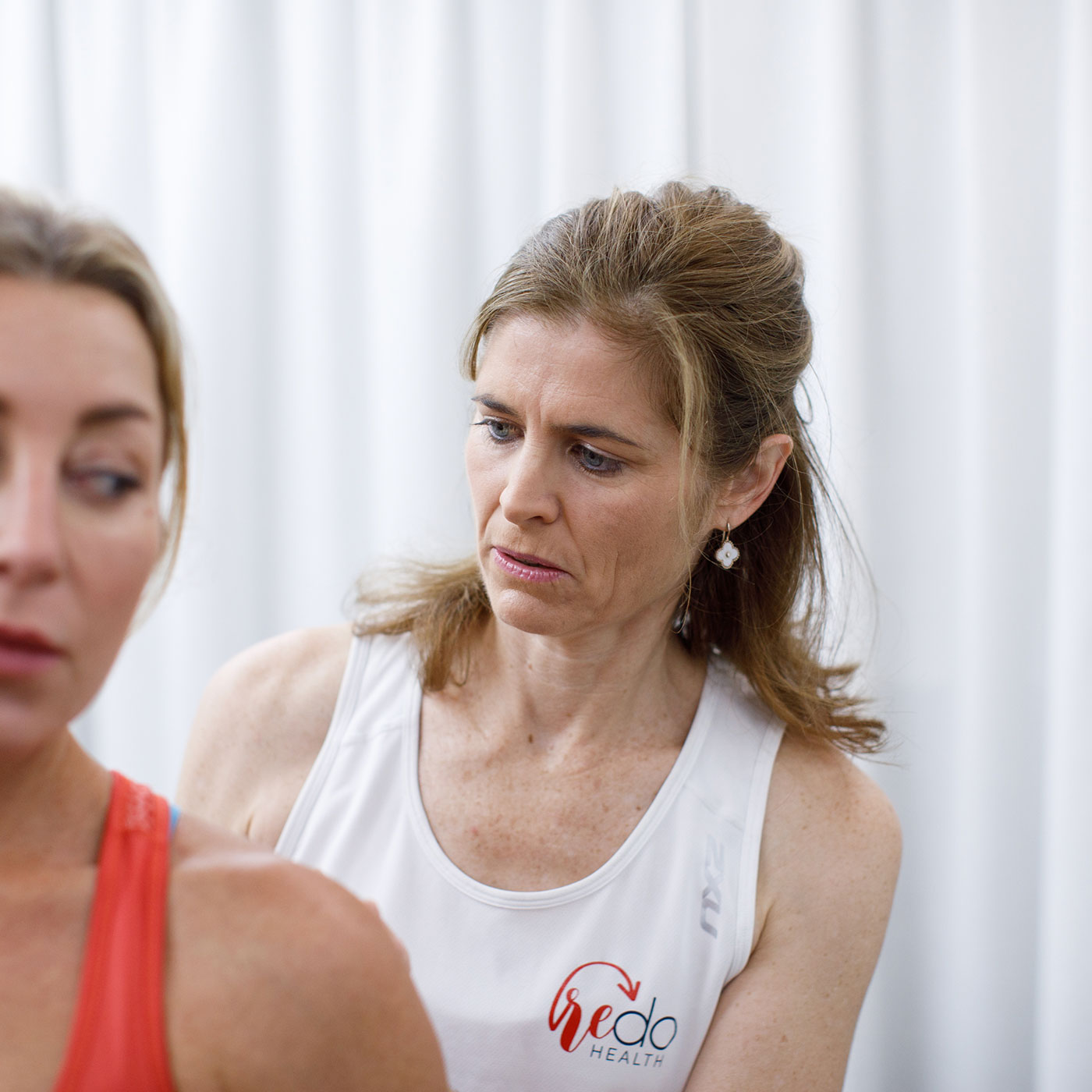
Breathing Mechanics and Physiology: Why Better Breathing Means Better Health
We breathe over 20,000 times a day, yet most of us don’t think twice about it. But if you struggle with chronic pain, fatigue, stress,

With the start of the term we always get a lot of people asking about the difference between Clinical and “Regular” Pilates. A fairly common form of exercise, pilates is now prescribed for more people with postural issues and chronic neck and back pain.
Its popularity began in dancers however the series of exercises used are similar to those used in physiotherapy.
First off, there are a lot of similarities between the two.
Pilates originated with Joseph Pilates and his key principles are still followed no matter what the Pilates approach.
The main goal of Pilates is the same – to build a strong and stable core from which to move. This helps alleviate spine-related pain, but also a myriad of other complaints such as shoulder, hip and knee pain.
This is important so that exercises can be modified for those with injuries and progressed in a way to avoid overloading injured tissues or aggravating active pathology (e.g. acute disc bulges, neck pain).
In the real world the difference you will see is that Clinical Pilates classes tend to be smaller – roughly 4-10 people per class depending on the size and set-up of the studio. This allows for individualized care and correction throughout the class.
Community and studio classes sometimes hold as many as 30, which doesn’t allow one instructor to give each person much attention.
Within the class, a key difference will likely be the level of exercises chosen with a larger focus on the whole body – neck, shoulders, abdominals, glutes, hamstrings and feet, starting with modified versions of the Joseph Pilates’ traditional set of exercises.
In larger gym-based classes the focus often shifts to the more advanced versions, which are physically harder and allow them muscles people want to work – abdominals and glutes!
Why is this important?
It allows your instructor to get to know you, your body, how you move, and if you need to focus on any particular areas to best manage your injury or complaint.
Check out our Pilates classes here!
#pilates #clinicalpilates #posture #injury #backpain #neckpain

We breathe over 20,000 times a day, yet most of us don’t think twice about it. But if you struggle with chronic pain, fatigue, stress,

From Melinda… For people who come to my classes and clients who have been seeing me for a while, may have heard some of the

Meet Susan Susan recently suffered a fall attempting to lift a 2.5kg bag of soil overhead in her garden shed when she felt her leg
Sign Up Below To Get Your Free RedoHealth Guide Now

By registering, you agree to receive SMS and email communications from RedoHealth. No spam guaranteed. Unsubscribe at anytime.